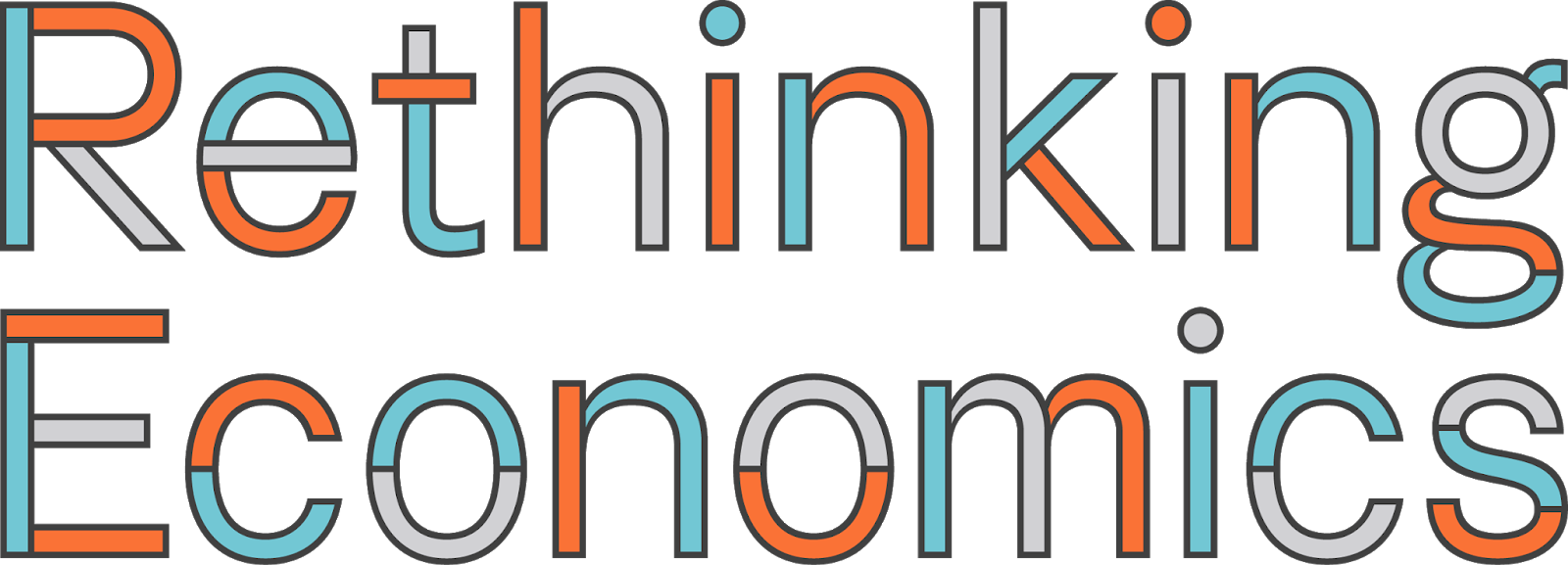Minsky’s Moments
Rethinking Economics, 2020
Pluralist Showcase
In the pluralist showcase series by Rethinking Economics, Cahal Moran explores non-mainstream ideas in economics and how they are useful for explaining, understanding and predicting things in economics.


Minsky’s Moments
By Cahal Moran
One of the pluralist theories which has gained prominence following the 2008 financial crisis is Hyman Minsky and his Financial Instability Hypothesis (FIH). Minsky was unique in viewing balance sheets and financial flows as the primary components of capitalist economies, and his focus on the financial system meant he was well-equipped for foresee a crisis much like 2008. Although he died long before 2008 his framework anticipated many of the processes which led to the crash, particularly increased risk-taking and financial innovation which would outstrip the abilities of regulators and central banks to manage the system.
As Minsky famously put it, “stability is destabilising”: tranquil times sow the seeds of their own destruction as excess blooms in financial markets. Following a recession, which happen about every 7 years, investors will likely be cautious and will only borrow so much that they can still repay their loan: what Minsky the ‘hedge’ phase. Cautious investors are more likely to see returns, albeit low, and this will lead them to extend themselves further over time until they enter what Minsky called the ‘speculative’ phase. At this point borrowing increases, asset prices start to rise, investors enjoy healthy returns and exuberance builds until they enter the ‘Ponzi’ phase, where they can only finance their increasing debt repayments with further debt or by selling off assets in a market where prices are continually rising. Eventually scepticism prevails and the bubble bursts.
In a narrative sense this accords with memories of 2008 and the period beforehand: politicians confidently declared the end of boom and bust; economists were convinced the problem of depression prevention had been solved; financial institutions believed that the cacophony of new innovations had spread risk; and consumers and homeowners were also cashing in on the borrowing craze in the belief it would continue. Debt levels rose and rose until panic set in and the system imploded. Indeed, when reading Minsky’s first major book - misleading titled John Maynard Keynes - is it sometimes hard to believe he was writing in 1975 rather than 2008:
“As a recovery approaches full employment the current generation of economic soothsayers will proclaim that the business cycle has been banished from the land and a new era of permanent prosperity has been inaugurated. Debts can be taken on because the new policy instruments – be it the Federal Reserve System or fiscal policy – together with the greater sophistication of the economic scientists advising on policy assure that crises and debt-deflations are now things of the past. But... [this] cannot continue indefinitely.”
As far as qualitative predictions go, you can’t do much better than that, and I would take that passage over 90% of the fanciest mathematical models modern economics has to offer – in fact, I would have it pinned to the walls of policymakers across the world. Minsky himself was never especially enamoured with mathematics or statistics and kept his analysis qualitative, but I am of the view that it is worth asking if mathematical modelling can add any value to Minsky’s ideas, or make quantitative predictions that words alone cannot.
Nikolaidi and Stockhammer recently surveyed the Minsky models available in the literature, which come in too many varieties to summarise in this blog post but generally tend to emphasise dynamics and the link between the financial sector and the so-called real economy and are subsequently able to generate endogenous financial crises. Steve Keen is one of the more prominent mathematical advocates of Minsky’s ideas, and his Minsky Model enabled him to foresee the consequences huge private debt build up pre-2008 and warn of an impending crisis, although as Keen acknowledges his model’s predictions are much more extreme that what we have actually experienced. Indeed, NS note themselves that “the vast majority of the authors make no attempt to estimate econometrically the key equations of their models or to calibrate the models in order to produce the patterns observed in the real data”.
It would therefore be nice to verify Minsky’s theories more rigorously than in a loose narrative sense. Fortunately, the 2016 paper Learning from History: Volatility and Financial Crises tests the key insight of FIH on a dataset of 60 countries between 1800 and 2010 which contains financial market activity, 262 banking market crashes, and macroeconomic indicators like debt and GDP. In keeping with Minsky’s emphasis on expectations, the authors look at whether unexpectedly low periods of financial market volatility - defined as being below the long-term trend - result in financial crises. Unexpectedly low volatility is predictive of a credit build up, leading to high volatility and subsequently a banking crisis - especially so if volatility is low for an extended period of time. Interestingly, the relationship is much weaker during the Bretton Woods era, when finance and currencies were much more tightly regulated, and much stronger is the subsequent era, when they have been much less regulated but also larger parts of the global economy.
All of these findings are remarkably consistent with Minsky’s ideas and are also extremely useful for policymakers, who they have been much quicker to take note than academic economics. Former Federal Reserve Chair Janet Yellen channelled Minsky in 2014 when she noted that “Volatility in markets is at low levels... to the extent that low levels of volatility may induce risk-taking behavior...it is a concern to me and to the Committee.” The Bank of England have also incorporated Minsky-style thinking into their financial regulation, with capital requirements (banks’ cushion against crises) increasing in boom times and falling during recessions. According to Minsky, government deficits and central banks are (or can be) crucial in stabilising the inevitable fluctuations in a capitalist economy. He analysed several downturns pre- and post-WW2 and concluded that the more governments and central banks reacted, the shallower the recession and the sooner the return to growth.
As with all theories, Minsky’s FIH has some flaws and is not universal. One study by Timur Behlul questions whether the nonfinancial corporate sector experienced a ‘Minsky moment’ in 2008, since it did not move towards a more precarious position in the run up to the crisis. Indeed, the very idea of a ‘Minsky moment’ is quite vague, reflecting Minsky’s own ambivalence about what exactly causes the boom to turn into a bust (and vice-versa). Is it just a sudden, inexplicable realisation - or are there certain thresholds of debt, time periods, interest rate levels for which the frenzy can continue but beyond which things go wrong? Thomas Palley has suggested that it was low wages which led to increased borrowing in the first place, but to my mind nobody has suggested an equivalent trigger for the start of the downturn itself.
Since Minsky’s own understanding was informed by a deep working knowledge of the financial system it would also be nice to see a modern anthropological account of the behaviour he depicts in the financial sector. Some authors have already used hedge, speculative and Ponzi finance to classify the balance sheets of firms and understand where they are in the Minsky cycle, but a more in-depth look could establish to what extent the increased risk-taking behaviour he describes is a literal description of what is happening inside firms, and possibly shed some light on the causes of the Minsky moment. Funnily enough, one of Minsky’s own case studies for Ponzi investment was a New York investor called Donald Trump:
“Trump’s wealth surged because the market value of his properties — or at least the appraised value — was increasing faster than the interest rate. Trump obtained the funds to pay the interest on his outstanding loans by increasing the draw under what in effect was a home equity credit line. The efficiency with which Trump managed these properties was more or less irrelevant — hence Trump could acquire the Taj Mahal in Atlantic City without much concern about the impacts on the profits of the two casinos he already owned. Trump was golden — he had a magic touch — as long as property prices were increasing at a more rapid rate than the interest rate on the borrowed funds. Perhaps the usefulness of Minsky’s work isn’t confined to economics. ”
There is still so much to discover!
In the Discover section we have collected hundreds of videos, texts and podcasts on economic topics. You can also suggest material yourself!
Discover material Suggest material

